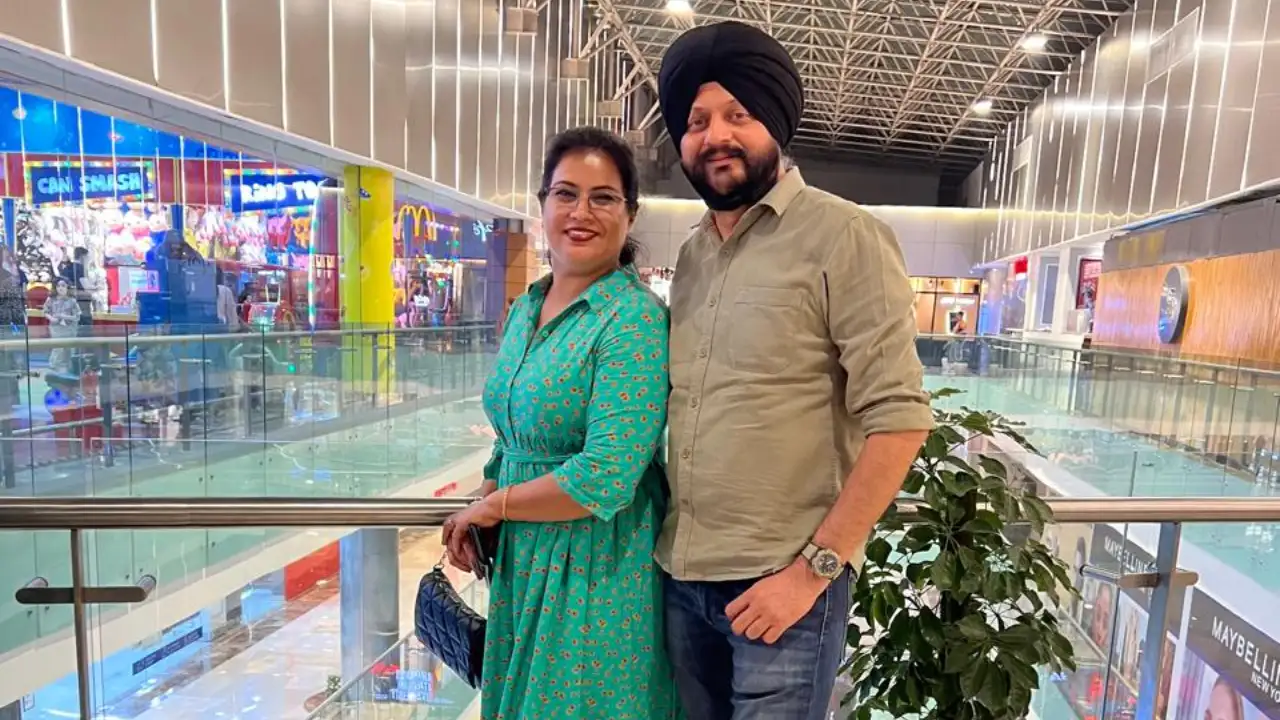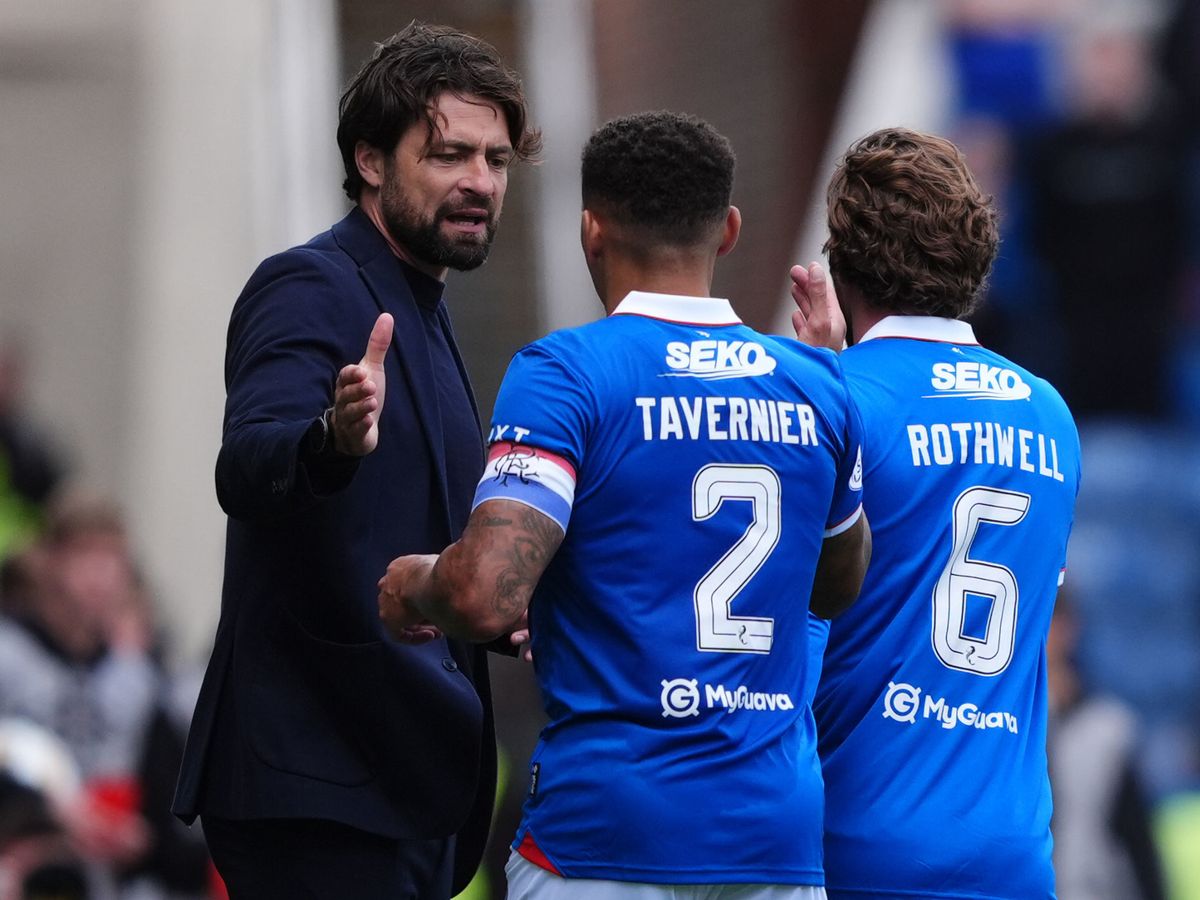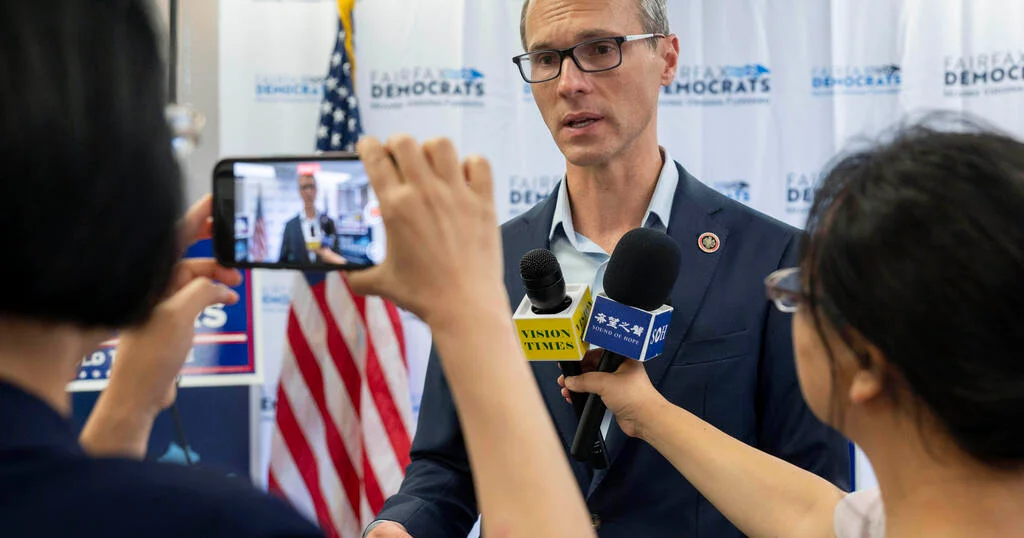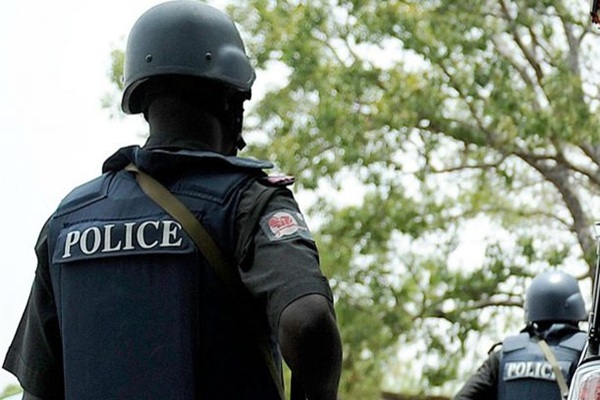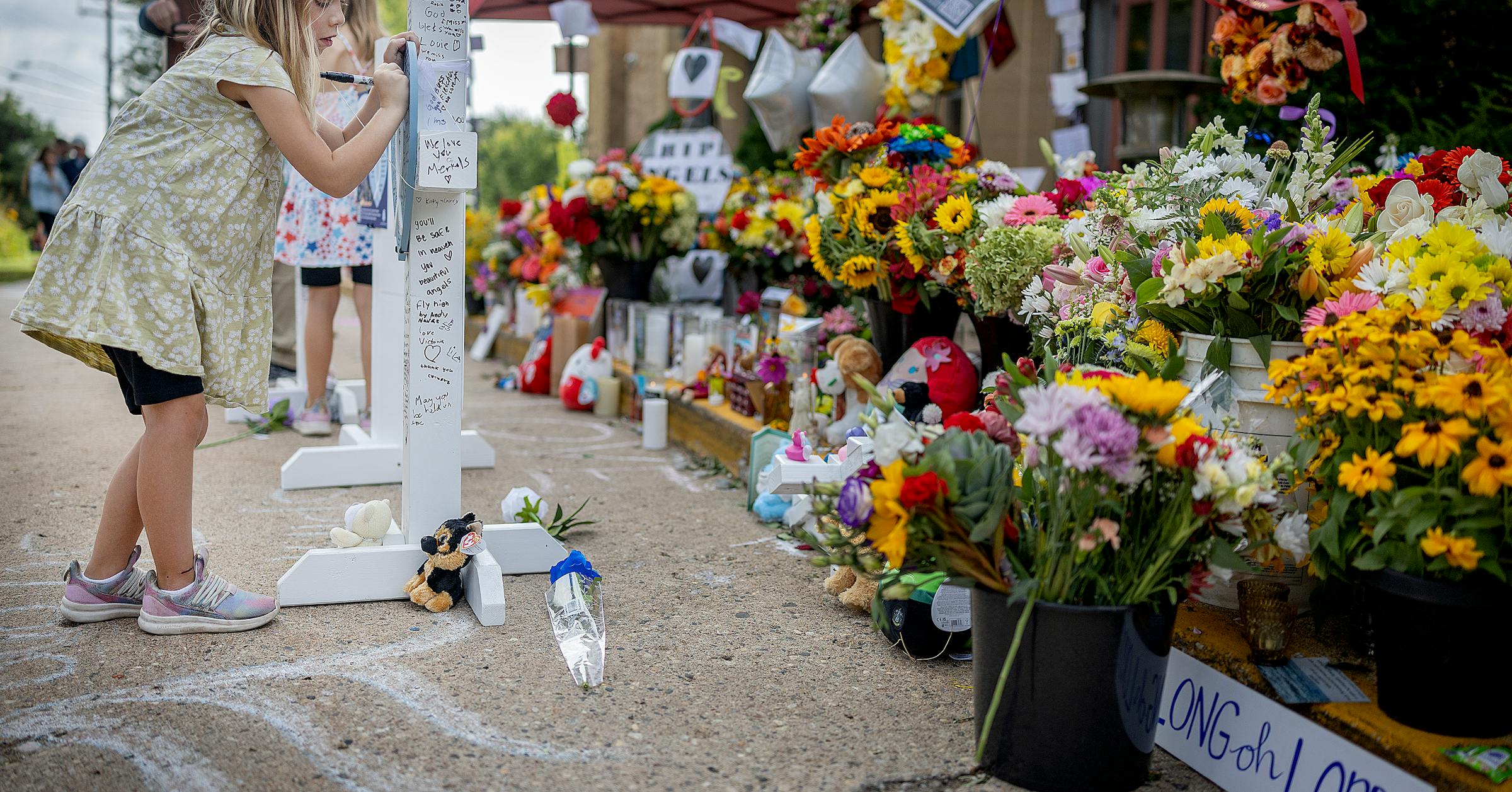
Opinion editor’s note: Strib Voices publishes a mix of guest commentaries online and in print each day. To contribute, click here.
In the wake of the deadly shooting at Annunciation Catholic Church and School in south Minneapolis, our community is once again left asking: What could we have done to stop this?
We must begin by recognizing the heroism already shown. A Minneapolis police lieutenant rushed into the church alone within moments of the first 911 call. Other officers soon arrived, and they managed to rescue injured children, provide them with first aid and get them all loaded into EMS ambulances within minutes of that first officer arriving on scene, undoubtedly saving lives in the process. This happened all while other officers searched the scene for any other gunmen or improvised explosive devices. Their collective bravery is a testament to what law enforcement in Minnesota does at its best: run toward danger to protect others. But we cannot ask bravery alone to be our safety plan.
In 1934, Congress enacted the National Firearms Act after a wave of Prohibition-era mob violence. The law strictly regulated “dangerous and unusual weapons” like sawed-off shotguns and automatic firearms. Nearly a century later, it remains a federal crime to possess a short-barreled shotgun. Yet semi-automatic rifles like the AR-15 — lighter, faster, more accurate and far more lethal than those old shotguns — are widely available and inexpensive.
These are the same weapons used to kill first responders in Burnsville in 2024. They were used again in the Annunciation shooting last week. The bullets fired from AR-style rifles travel at high velocities, pierce soft body armor, and their large-capacity magazines make reloading unnecessary for long stretches. We banned sawed-off shotguns nearly a century ago. Why do we still allow such easy access to firearms that are orders of magnitude more destructive?
Regulating or banning AR-style rifles will not end gun violence, but it will temper it. Time and again, mass shootings involving these rifles and large-capacity magazines result in higher body counts. When a shooter can fire dozens of rounds without pausing, the carnage multiplies. For families spared by a moment to escape or intervene, the difference between 10 shots and 30 shots is everything.
This is not the only reform we need, but it is a common-sense step to reduce the prevalence and lethality of mass shootings.
